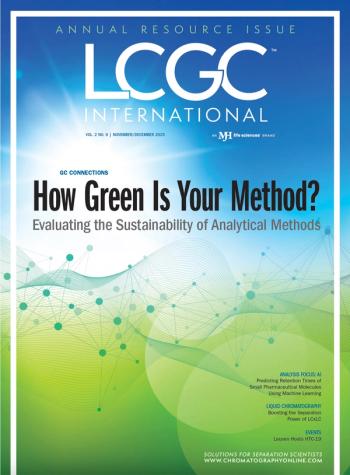
Asia's growing influence
Asian countries are eroding US leadership in science and engineering, a study released to the White House by the National Science Board (NSB) has found.
Asian countries are eroding US leadership in science and engineering, a study released to the White House by the National Science Board (NSB) has found.
The biennial report “Science and Engineering Indicators” provides information on the scope, quality and vitality of America's science and engineering enterprise and has found that while the US maintains a lead, there are number of areas where Asian countries surpass it.
Over the past ten years, the growth in the amount of the gross domestic product the US has expended on R&D has remained steady, averaging 5–6%. However the report has found that in some Asian countries this growth rate is as much as four times that in the US.
As a share of the countries’ economic output, Japan’s R&D expenditures have long outstripped that of the US, however, the latest findings show that South Korea has now overtaken both of them.
NSB Committee member Jose-Marie Griffiths identified similar growth in intellectual research output, "While the US continues to lead the world in research publications, China has become the second most prolific contributor." China’s science base now produces 8% of the world’s research publications.
Similarly, growth in Taiwan and South Korea has driven a rise in US patents awarded to Asian inventors, despite modest numbers from China and India and the continued dominance of the US, the EU and Japan.
To review Science and Engineering Indicators 2010 visit
Newsletter
Join the global community of analytical scientists who trust LCGC for insights on the latest techniques, trends, and expert solutions in chromatography.



